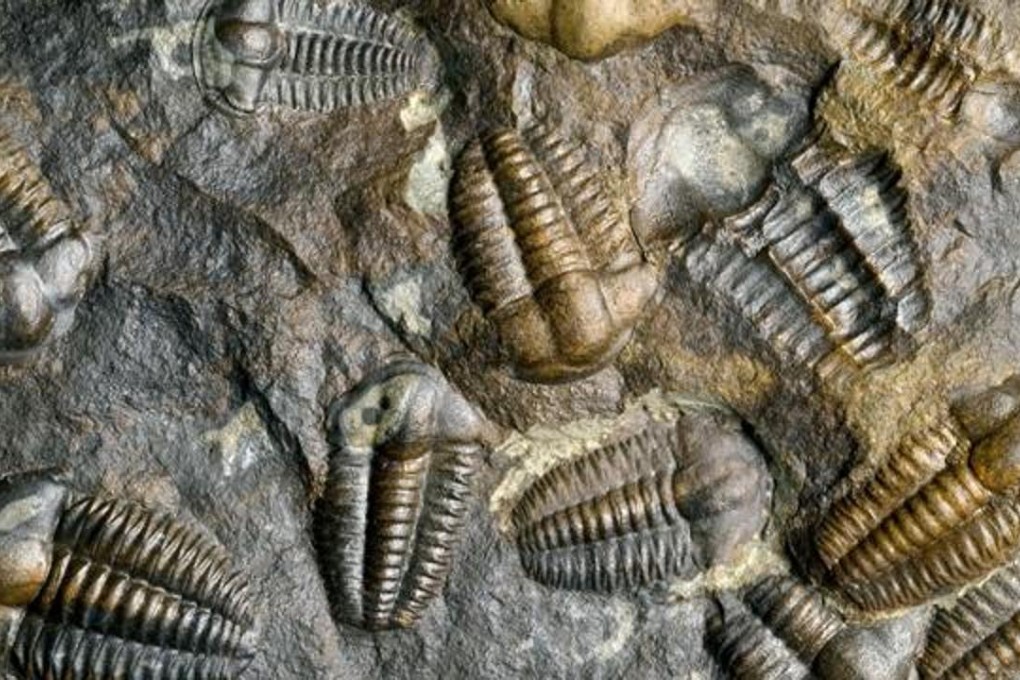Is this the oldest and weirdest ‘kid’ on the planet? Scientists find 535-million-year-old larva lacking mouth and anus

Chinese scientists have discovered the world’s oldest-known larva and it features a bewildering and unique anatomical make-up suggesting it was not an adult, they announced this week.
Although it does not resolve the issue, this taps into a long-running debate in evolutionary developmental biology, with opposing camps divided as to whether ancestral forms of multicellular, eukaryotic organisms (Metazoa) were larvae or adults.
The question has for decades haunted biologists studying early life forms. Because their features are so primitive, with much detail lost during fossilisation, it has been hard to pin down at which stage in their evolution the remains were discovered.
Careful observation with a high-definition electron microscope showed that the latest find, a creature called eolarva kuanchuanpuensis, had no need to forage for food because it lacked a mouth, the team said.
Its source of nourishment remains unclear, but it may have had to survive on something akin to egg yolk, pundits said. Either way, it would not have been able to survive for long unless it went through a significant metamorphosis during its lifespan.
“An anus may also be absent,” wrote professors Dong Xiping and Zhuang Huaqiao in the paper they co-authored for this month’s Science Bulletin journal. The study was jointly conducted by Peking University and Chinese Academy of Sciences.